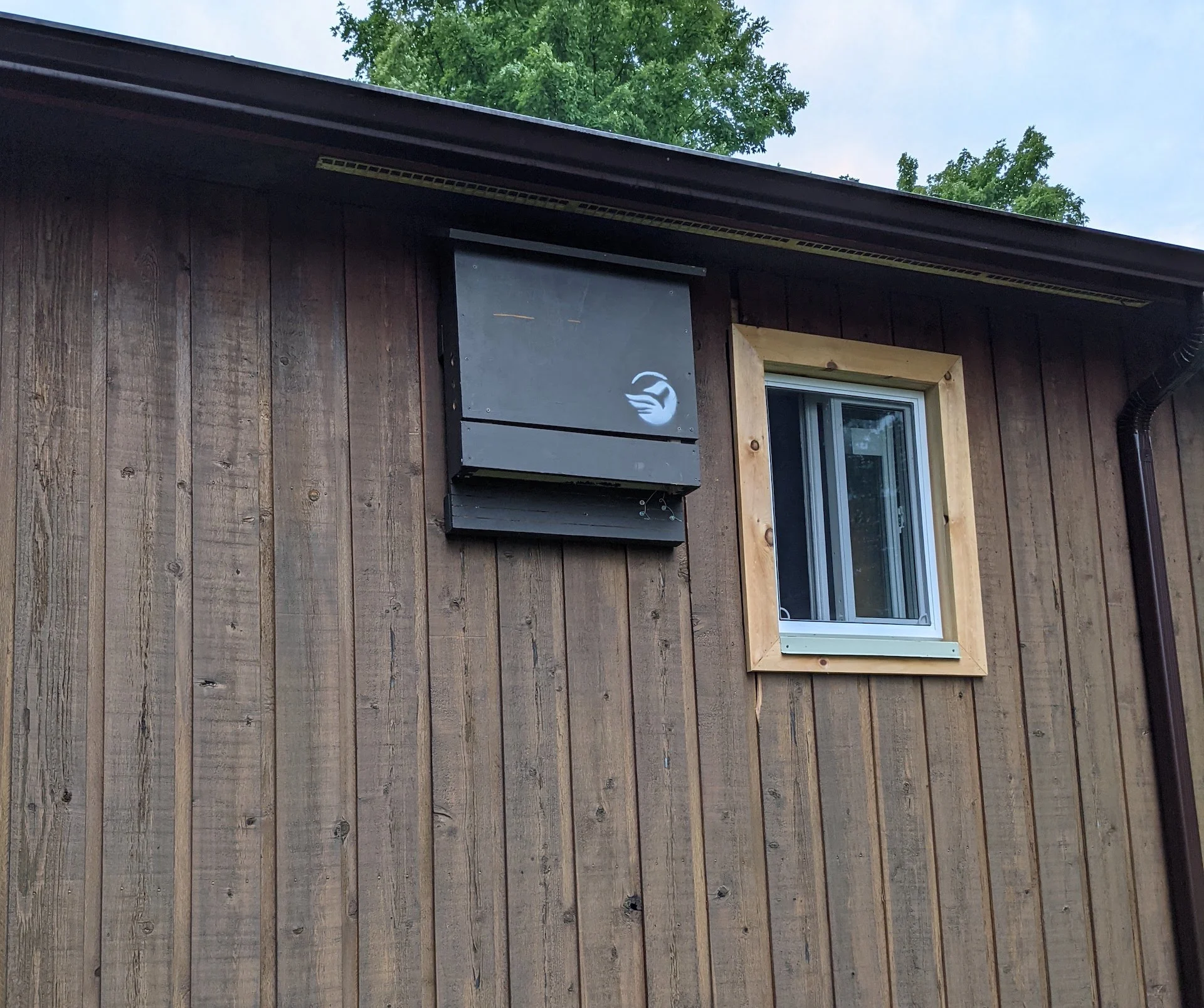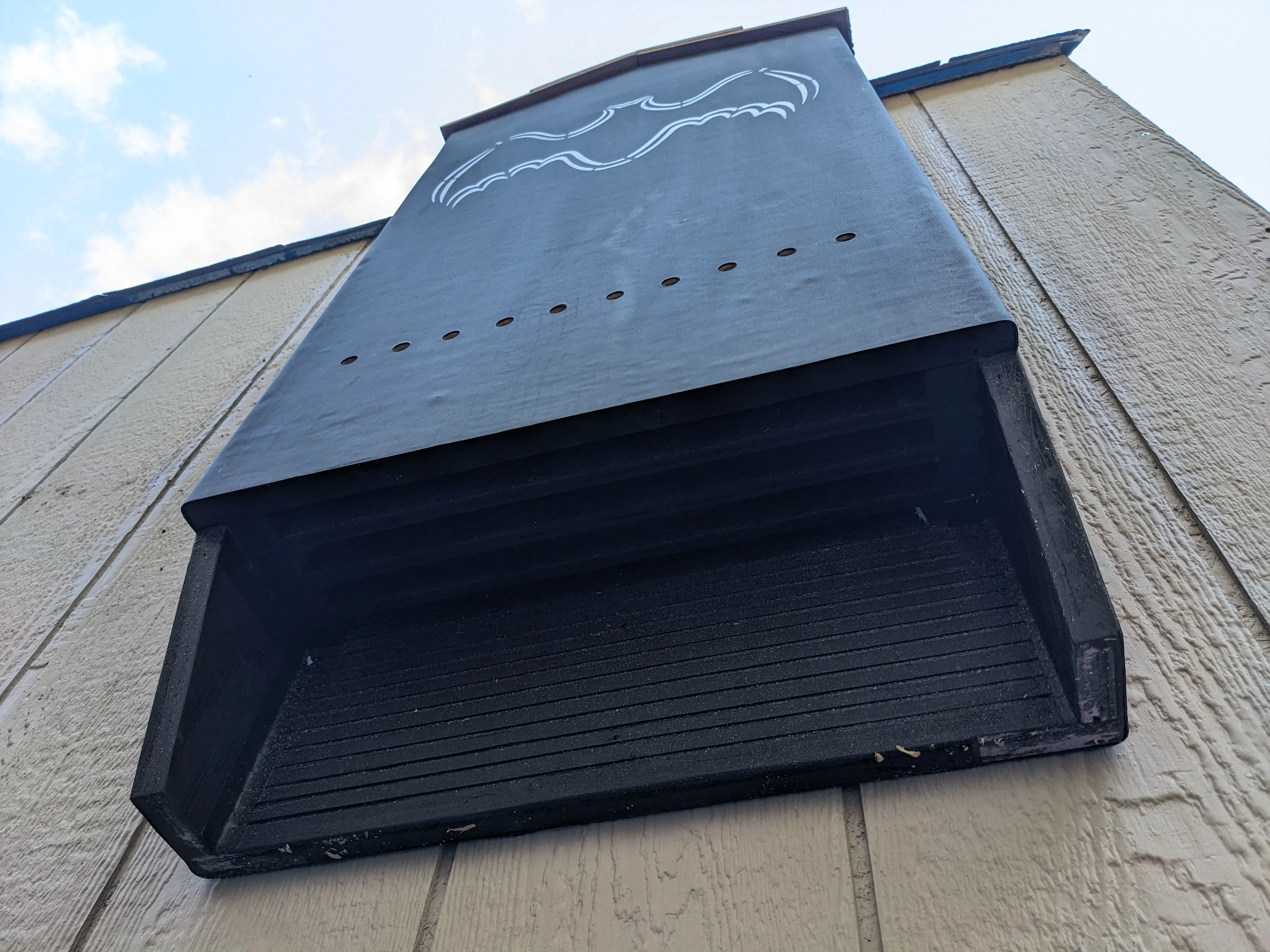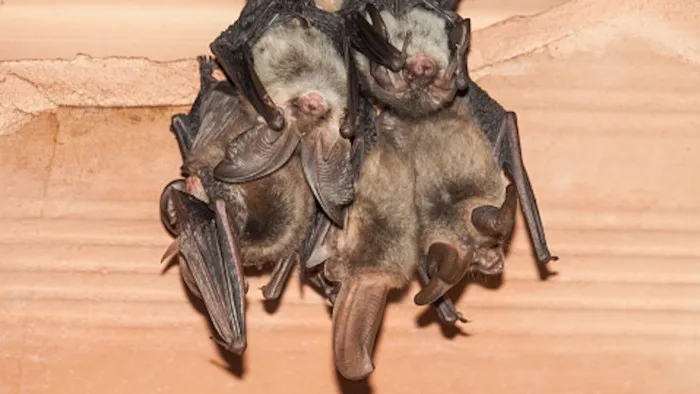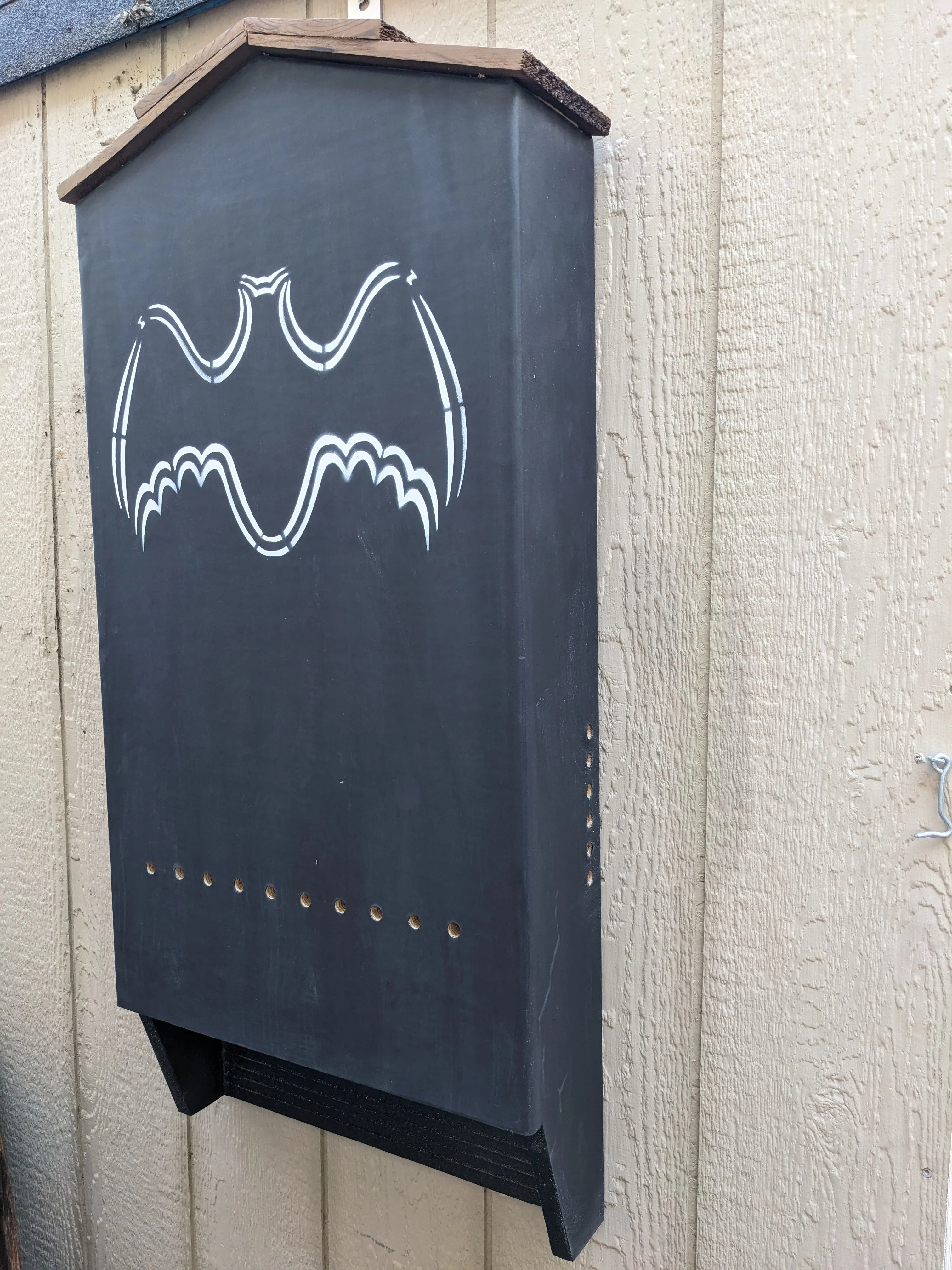
Can bat boxes help Canada's troubled mammals endure tough weather?
Bat boxes can help alleviate habitat loss threatening many of the troubled species in Canada, especially in the summer as they encounter stormy weather
Birds aren't the only wildlife that could use some shelter from the elements in people's yards. Bats need some housing, too, during the summer and certainly before winter comes around again.
DON'T MISS: Only scary thing about bats is the rate of their population decline
Bat boxes can help alleviate habitat loss threatening many of the troubled species in Canada, especially in the summer, as they encounter stormy weather. So, now is the perfect time to build a cozy shelter for the flying mammals.
To build awareness of Canada's 19 species of bat, of which, nearly half are at risk from various threats, and to help people craft the perfect bat home, the Canadian Wildlife Federation (CWF) is collaborating with the Wildlife Conservation Society Canada (WCS), University of Waterloo, Karen Vanderwolf and 1,400 citizen scientists to operate the Canadian Bat Box Project. It is aimed to find the ideal bat box design and placement.

Bat box. (James Page/Canadian Wildlife Federation/Submitted)
"A thread through all of these threats to bats, in particular, is that they're all human-caused, or human-induced," said James Page, species at risk and biodiversity specialist for CWF, in a recent interview with The Weather Network.
"We know that a lot of people put up bat boxes or houses to give habitat for bats [so they can] give birth and raise their young...kind of the way people would put up birdhouses in their backyard."
Project launched to see if bat boxes could work in Canada
CWF discovered that a lot of the research on bat houses was conducted in locales outside of Canada, with different climates, so that presented a challenge on whether they could work here, Page explained.
"We're looking to see if, for one, do bats use them? But, on the other hand, do some of them, if they're not done properly, actually pose a threat to some of these bats by not providing proper habitat, by overheating?" Page said.

Bat box. (James Page/Canadian Wildlife Federation/Submitted)
In turn, the Canadian Bat Box Project was born. CWF researchers enlisted more than 1,400 participants to install bat houses and collect data on the uses across the country.
"They're letting us know [about] the designs and the placements, and where it's located, as well as whether their bats are using it," said Page.
The bat box, once installed on a property, will have a two-pronged impact. The first will be building awareness, Page said, as the size and colour of it will pique people's curiosity and become a "conversation starter."
SEE ALSO: Animals are shrinking, researchers say: That could affect the boreal forest
At the same time, the goal is to turn that interest into action, with more people choosing to build bat boxes and increase habitat for the mammals.
"So this is kind of alleviating one of those threats, which can be the loss of natural habitat, like [due to] deforestation," said Page.

(Getty Images)
While people can buy bat boxes, Paged noted that most of them tend to be too small and are placed by homeowners in undesirable locations. However, if you choose to buy a bat box, CWF has suggestions on what to look for.
"We're looking to increase the basically good boxes on the market and encourage people to transition to that, as opposed to boxes that either may not work well [or] may actually cause harm to the bats through potential reheating," said Page.
How can bats and boxes fare in Canada's climate?
Bats are vital for our ecosystem. They provide economic benefits to agriculture by consuming insect pests, improving crop yields, and reducing pesticide use. They also contribute to forest health in Canada, and do pollinate plants elsewhere in the world.
Eight of Canada's 19 species of bats are considered at risk from a number of threats, Page noted.
Three of the species are hibernating bats, while others will take shelter in caves over the winter. Because of the different locales, there are multiple climate factors that will affect that, he added.

(Pexels/HitchHike)
Such components would include the length of the hibernation period and the availability of insects when they emerge.
"If it's a late winter [or there is a] late frost, then [there is] potential insect declines. Our bats in Canada primarily or entirely feed on flying insects," said Page. "The climate will have a large impact on both of those."
And the rise in extreme temperature-related events, whether it's intense heat or cold spells, will affect what bats choose to roost in and will likely impact the bats themselves if they're in a poorly built or installed box, Page said.
"Bat boxes that are installed in areas away from these extreme weather events may be a new home for bats that otherwise wouldn't have [had] a place," said Page.

(James Page/Canadian Wildlife Federation/Submitted)
For example, if we're getting more extreme heat, and the box is painted dark and exposed to full sunlight, that could be problematic, even lethal to a bat, he added.
"Upwards of 45 to 50 C [have been] the internal temperatures of the bat houses [we found], which is lethal to bats," said Page. "We're getting reports through this project that people are seeing, in some of these cases, bats hanging out at the bottom of the bat house, maybe on the outside even, to try and escape that extreme heat."
How to build and install a bat box
Research is ongoing, but CWF and its Canadian Bat Box Project partners have compiled a list of things the mammals prefer in a custom shelter.
When building a bat box, the ideal dimensions are 24 inches high (61 centimetres), 15 inches wide (38 centimetres; but can be a bit taller and wider), with at least three chambers spaced one inch (2.5 centimetres) apart. Those chambers create microclimates that the bats can choose from for different times of day and temperatures.
Once built, people should try their best to follow several or all of the following guidelines when installing a bat box.

Bat box. (James Page/Canadian Wildlife Federation/Submitted)
Height is important. Install the bat box at a minimum of nine to 10 feet (2.75 metres to 3.05 metres) above the ground.
Bats like a warm climate. Make sure the box will get some sun. If you worry that your bat box will not get enough sun, paint it with non-toxic black paint so that the sunlight it does get is more easily absorbed. Do not paint the inside of the house.
If you can, attach your box to the side of a house or pole.
Install by a water source. Bats will find the box more easily if there is a water source nearby.
Provide open space. Consider a nice, open area facing south or southeast to keep bats protected and cozy.
"It's looking to alleviate the threat of habitat loss and bring awareness about bats for people who install them and to talk about bats to their neighbours, then open that conversation to the benefits that bats really provide both humans and the ecosystem, in general," said Page.
The CWF has a step-by-step instructions for a do-it-yourself build and installation of a bat box, found here.
Other ways to help bats
Installing a bat box isn’t the only way people can help bats.

(James Page/Canadian Wildlife Federation/Submitted)
If a bat is seen, people are urged to take a photo and report it using platforms like iNaturalist Canada. If bats choose to roost in a home, it's not a cause for concern, according to CWF. If the colony is managed properly, bats won’t make people sick and they won’t ruin the house.
Living peacefully with bats is possible, but if eviction is a must, timing is important. People shouldn't exclude mothers from their flightless pups or put them out in the cold with no chance to find a new place to hibernate.
As well, Bat Conservation International recommends a number of initiatives including planting native plants, exploring nature responsibly by avoiding disturbance of bats and spreading of pathogens, and making climate-friendly choices to reduce carbon footprint.
The group also urges people to speak up for bats by sharing their importance and conservation with others, and supporting conservation efforts and policies that protect nature and wildlife.
WATCH: Canadian bats are in trouble, here's what you can do to help
Thumbnail courtesy of James Page/Canadian Wildlife Federation (CWF).
Follow Nathan Howes on X, formerly known as Twitter.











